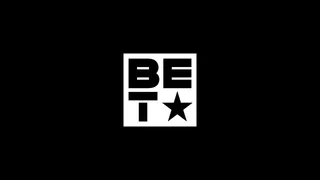An Early Look at Mississippi Civil Rights and History Museums
A selection of artifacts that will be on view.

1 / 8
Two Museums Side by Side - On Thursday, Mississippi breaks ground on two museums; one that will examine the state’s history of rocky race relations; another building will house the history of the state from early Native American settlers to prominent citizens such as blues legend B.B. King. BET.com takes a look at some of the artifacts that will be placed in the museums. — Natelege Whaley The Mississippi Civil Rights Museum and the Mississippi History Museum are planned to be completed and opened in 2017 in downtown Jackson. The state says it did not set out to have two separate but equal museums, but the final product could end up that way. (Rogelio V. Solis/AP Photo)

2 / 8
Florence Mars’ Lunch Box - Civil rights activist Florence Mars’ lunch box will be on display in the Mississippi Civil Rights Museum. Mars is well known for her book Witness in Philadelphia, about the murder of three young civil rights workers – James Chaney, Andrew Goodman and Michael Schwerener — near the city of Philadelphia, Mississippi. (Rogelio V. Solis/AP Photo)

3 / 8
Voting Sign - This campaign sign reading, “Don’t vote for a black man. Or a white man. Vote for the best man. Evers for Governor,” was used by former Fayette, Mississippi, Mayor Charles Evers as he ran for governor in 1971. It will be on display in the civil rights museum. He was the brother of Medgar Evers, the slain civil rights activists. (Rogelio V. Solis/AP Photo)

4 / 8
Gas Grenade Used in Race Riots - The tear gas grenade pictured above was used by U.S. Marshals during a 1962 riot at the University of Mississippi campus over the registration of a Black student named James Meredith. He eventually went on to help organize and lead the March Against Fear from Memphis, Tennessee, to Jackson, Mississippi, in 1966 to encourage Blacks to exercise their right to vote. (Rogelio V. Solis/AP Photo)

5 / 8
Weapon Used in Medgar Evers Slaying - Late segregationist Byron De La Beckwith used this Enfield rifle in the killing of civil rights leader Medgar Evers in Jackson on June 12, 1963. (Rogelio V. Solis/AP Photo)
ADVERTISEMENT

6 / 8
Baskets Made by Native Americans - The Museum of Mississippi History will feature information on the Choctaw and Chickasaw Native American civilizations, which thrived in Mississippi prior to the arrival of European settlers. Baskets from these tribes will be on display. (Rogelio V. Solis/AP Photo)

7 / 8
Confederate Flag - A Confederate battle flag from the Civil War is shown here being stored at the Mississippi Department of Archives and History. It will be among the items shown at the history museum. (Rogelio V. Solis/AP Photo)
